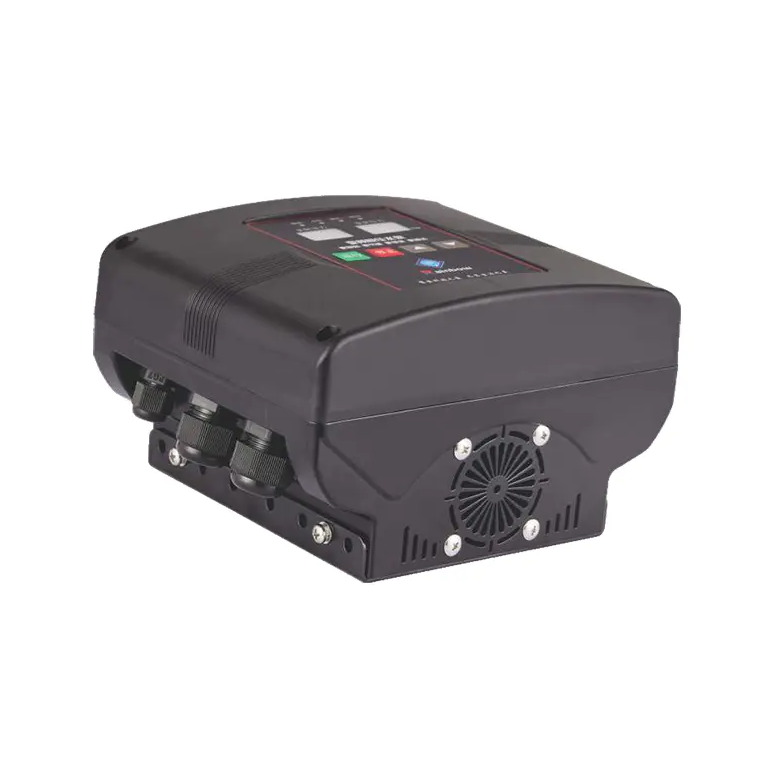When evaluating energy consumption in water systems, motor efficiency plays a critical role. One type of motor gaining widespread attention for its outstanding performance is the Permanent Magnet Water Pump. Designed with advanced magnetic motor technology, this pump style provides notable improvements in energy efficiency compared to traditional induction motor systems. But how exactly does it perform in real-world scenarios? Let’s explore its energy consumption profile in more detail.
At the core of its high efficiency is the use of permanent magnets embedded in the rotor, which eliminates the need for electric current to induce magnetism. Unlike traditional asynchronous motors that suffer from energy loss due to rotor currents and magnetic slip, permanent magnet motors generate a strong, stable magnetic field with minimal electrical input. This structural difference significantly reduces both heat loss and wasted power, translating to superior overall efficiency.
One of the key advantages lies in the pump's ability to deliver high torque at lower speeds. This reduces the need to run at maximum output constantly, especially in variable-load applications such as HVAC systems, residential water supplies, and irrigation. The result is a noticeable drop in electricity usage, particularly during partial-load conditions, where traditional pumps typically operate less efficiently. Energy savings of 20–40% are not uncommon when switching to this type of technology.
Additionally, permanent magnet motors pair well with variable frequency drives (VFDs), which fine-tune the pump’s speed based on demand. Instead of operating at a fixed rate regardless of usage needs, the system intelligently adjusts flow rates in real time. This responsive energy usage pattern ensures the pump consumes only the power necessary to meet system requirements, minimizing excess operation.
Real-world performance data reinforces the benefits. In industrial environments, energy audits often show consistent drops in kilowatt-hour (kWh) consumption when replacing conventional water pumps with magnet-based models. Over months or years of use, this translates to significant cost savings, particularly in large-scale operations where pumps run continuously or on demand over extended periods.
It’s also worth noting that high efficiency is maintained over time. Because there is less mechanical wear—thanks to the absence of brushes or commutators—the pump’s electrical and mechanical performance remains stable, requiring fewer repairs and replacements. This reliability reduces both downtime and energy spikes caused by aging, inefficient equipment.
Of course, energy efficiency is just one part of the picture. The reduced environmental impact of lower electricity usage makes these pumps a more sustainable choice, contributing to carbon footprint reduction goals for both homeowners and businesses. When used in renewable energy-powered systems, the benefits are compounded further.
In conclusion, the energy performance of pumps powered by permanent magnet motors far exceeds that of traditional systems in most practical settings. With less energy wasted as heat, more responsive control through VFDs, and high torque efficiency at varying loads, these pumps offer a smart, long-term investment for anyone focused on minimizing electricity consumption without compromising performance. Whether for domestic, agricultural, or industrial use, they represent a forward-thinking solution in an increasingly energy-conscious world.
